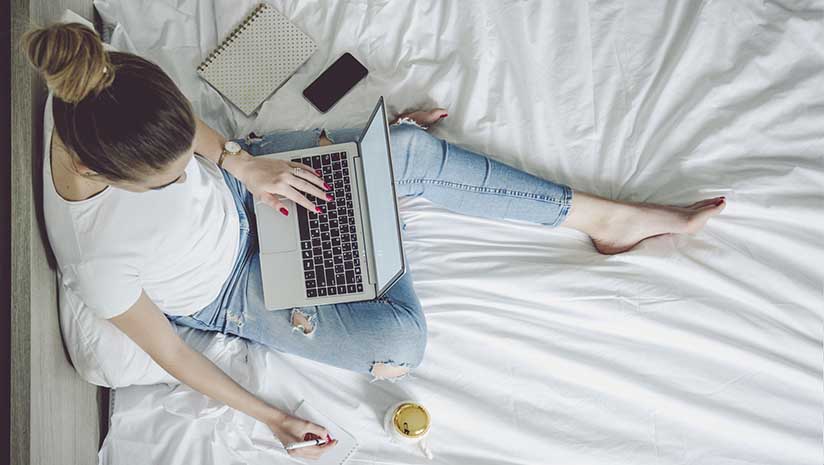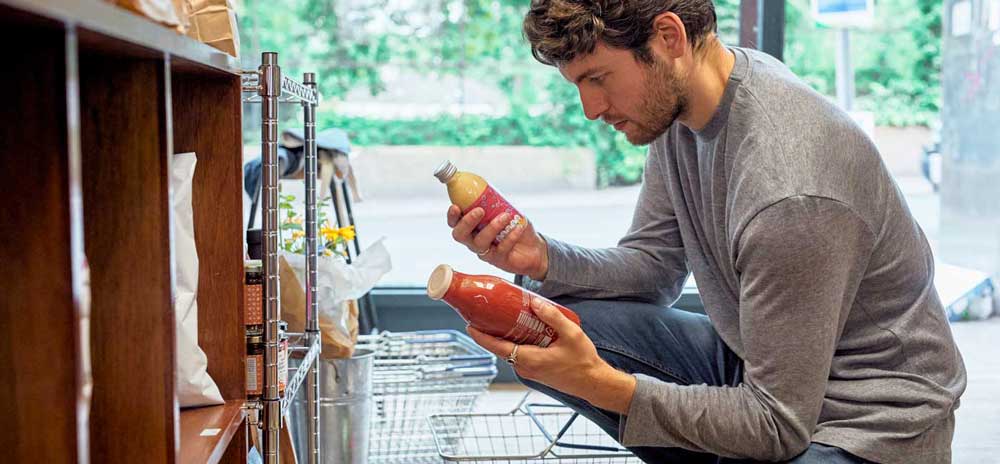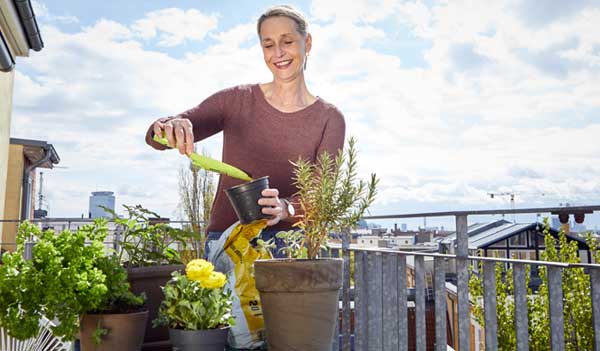How to start saving money | Starting a savings account | YBS

Opening a savings account
The first step on your savings journey is opening a savings account. There are lots of accounts available, so before you dive in, let’s run through a few of the main ones:Cash ISA
A Cash ISA (Individual Savings Account) is a type of savings account that lets you earn tax-free interest on the money you save. You can pick between a fixed or variable rate Cash ISA:
- Fixed rate – this means your interest rate will remain the same from the time you open your account until the end of the fixed term period. You usually can’t access your money during that time.
- Variable rate – this means your rate can go up or down. You usually have more flexibility to add and take out money when you want to but always check the terms of the account you go for.
Easy access saver
An easy access savings account is usually quite flexible, and you can add and take out money quite often. Some accounts have limits though so always check the terms of the account you go for.This account might be suited to lots of different goals, both long and short term. Interest is typically paid annually.
Fixed Rate Bond
A Fixed Rate Bond is for savings you’ve already built up, but don’t need access to for a while.It lets you lock your money away for a set time, often one year or more, and pays a guaranteed rate of interest during that time. Taking money out before this time can mean your interest rate goes down.
Regular savings accounts
A regular savings account is designed for you to add money every month and helps you build a savings habit. There’s usually a cap on how much you can add each month and there may be a limit on how often you can access your money.Opening a savings account
Exactly what you’ll need to open a savings account will depend on what account you choose and which savings provider you go with. There are some documents that most banks or building societies will want to see:- Proof of ID: A driver’s license or passport for example.
- Proof of address: Utility bills that show your permanent address.

How to start saving
Set your goals
Setting targets can help motivate you to save – especially if the payoff will be enjoyable or life changing. Imagining the first day in your own home could help you keep on track towards saving a mortgage deposit, for example.Short-term goals can also be useful. If you’ve got a fun weekend of plans coming up, saving up a little towards the cost beforehand can help you enjoy it, guilt-free.
Pick your account (or accounts!)
Whether you need one savings account – or a couple – will depend on what you’re saving for. For example, you may want:- An account that’s easy to access for an emergency fund
- A regular savings account to get you in the habit of saving every month
- A fixed term account for lump sums that you’ve already saved up.
Set up standing orders
A simple way to save is to remove the temptation to spend right at the start of the month.Set up a standing order to pay a set amount from your current account to the savings account on payday. This way, you’ll know how much you’ve got left to spend from day one.
Standing orders aren’t the only way to save. You might find yourself underbudget after a quiet weekend – try transferring this extra money into your savings as you go through the month.
Tips for saving money
Your account is open, your goals are set – but how can you afford to begin putting money aside?
Whether you’re a seasoned saver or a total novice, these ten tips could help you grow your savings pot – whatever your end goal.
Whether you’re a seasoned saver or a total novice, these ten tips could help you grow your savings pot – whatever your end goal.
Avoid hidden credit
The rising popularity of buy now, pay later services can mean you end up taking out more credit than usual. According to a 2022 study, a third of buy now, pay later customers are struggling to keep up with repayments.
Saving doesn’t mean you can’t ever buy anything, but be careful about only making purchases you can afford – instead of using credit.
Try to clear debts
If you’ve got a big balance on a credit card or a loan, the interest payments can make it more difficult to save. Focus on clearing your debt – once your repayments are done, you can use this money to bolster your savings.
Wait for sales or discounts
Being clever about when you buy certain items could mean you spend less. For example, waiting for a summer sale to kick in, or buying out of season. Buying items with next year in mind could save you money. A winter coat in July might be available for much less than November, and the price of sunglasses may fall as autumn sets in.
Reduce your household bills
From insulation to bleeding your radiators, there may be tricks you can use to reduce your household bills. For example, try washing your clothes at a lower temperature, or switching to low energy bulbs.Try a low spending weekend
The weekend is your time to enjoy yourself – and you don’t need to stop having fun to save money.Try setting yourself the challenge of a low spending weekend. Go for a long walk with a picnic, go to a friend’s house for coffee or visit free galleries or museums in your area to enjoy yourself for less.
The content on this page is for reference and does not constitute financial advice.
For impartial financial advice, try MoneyHelper.
For impartial financial advice, try MoneyHelper.




